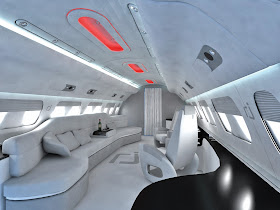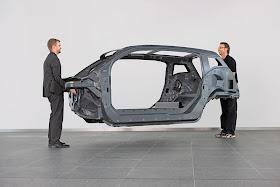
Rigid body airships with frame constructed out of carbon-fiber-reinforced polymer material
80 years ago, dirigibles transported 90 people and 10 tons of cargo for weeks at a time. Modern technological breakthroughs in computer controlled propulsion, material science, aerodynamic modeling, and energy conversion techniques opens up a new era in leisurely flying yachts, flying cruise ships, and floating transport. Amazing specific strength of composite materials allows large, very strong, and ultra light living quarters. A mobile home from conventional materials weighs around 6 tons. Recently tested 170 meter long airship prototype lifts about 66 tons. Private companies in collaboration with NASA and the military are developing dirigibles capable of substantially greater cargo loads.
Ultimately, of course this coincides
































































